1.
Introduction
Bi-analytic functions arise from the research on systems of some partial differential equations and play an important role in studying elasticity problems. In 1961, Sander [1] studied a system of partial differential equations of first order:
for k∈R,k≠−1, and introduced the concept of bi-analytic functions of type k. He extended the elementary properties of analytic functions to bi-analytic functions and extended the related problems of the plane strain, the generalized plane stress, and the flow of viscous fluids to the theory of bi-analytic functions.
Later, Lin and Wu [2] introduced a more extensive class of functions, i.e., bi-analytic functions of type (λ,k), which are defined by the system of equations:
where f(z)=u+iv, λ,k are real constants with λ≠0,1,k2 and 0<k<1. The complex form of the system of equations is
in which φ(z)=kϑ−iλω is analytic and is called the associated function of f(z). Lin and Wu [2] obtained the general expression and some properties of bi-analytic functions of type (λ,k), including the Cauchy integral theorem and formula, the Morera theorem, the Weierstrass theorem, and the power series expansions.
Hua et al. [3,4] investigated the systems of partial differential equations of second order, which have close association with (λ,k) bi-analytic functions, and showed that (λ,k) bi-analytic functions provide a powerful tool to deal with problems of plane elasticity.
Mu [5] obtained the Cauchy integral representation, the removable singularity theorem, the Weierstrass theorem, and the mean value theorem of bi-analytic functions of type (λ,k) in the complex plane. Wen et al. [6,7] studied various types of boundary value problems for elliptic complex equations and systems, including boundary problems of (λ,k) bi-analytic functions. Begehr and Lin [8] studied a mix-contact problem by applying (λ,k) bi-analytic functions and singular integral operators. In addition, Lin and Zhao [9] reviewed the work on the applications of bi-analytic functions in elasticity, especially for solving the basic boundary value problems of plane elasticity (in isotropic or orthotropic cases). In [10], Lai investigated the properties of the vector-valued bi-analytic functions of type (λ,k) in a complex couple Banach space and obtained the solution of the corresponding Dirichlet problem.
The special case of bi-analytic functions of type (λ,k) for k=1 is
which means
Thus, bi-analytic functions are different from bianalytic functions (which only satisfy ∂2f∂ˉz2=0) in the sense of Bitsadze [11]. The generalization of a bianalytic function f is ∂nf∂ˉzn=0(n≥1), which is called a polyanalytic function [12]. Obviously, bi-analytic functions can be similarly generalized.
In [13], Kumar extended bi-analytic functions on bounded simply connected domains. He considered the system of complex equations:
where f is called bi-polyanalytic functions, and obtained the expressions of solutions to the corresponding boundary value problems on the unit disc. In [13], the systems
and the associated boundary problems were also discussed.
Begehr et al. [14,15] investigated boundary value problems for bi-polyanalytic functions in the upper half plane and on the unit disc. Similar researches can also be found in the reference [16].
In 2022, Lin and Xu [17] successfully obtained the solutions of Riemann problems of (λ,k) bi-analytic functions. In 2023, Lin [18] discussed a type of inverse boundary value problems for (λ,1) bi-analytic functions. Nowadays, bi-analytic functions and polyanalytic functions have made great progress [19,20,21,22].
The above conclusions are all in the complex plane. If these results can be extended to spaces of several complex variables, there will be more applications. There have been some conclusions about bi-analytic functions or polyanalytic functions with several complex variables. For example, in [23], Begehr and Kumar studied complex bi-analytic functions of n variables. They successfully obtained the corresponding Cauchy integral formula, Taylor series and Poisson integral formula on the polydisc, and discussed the Dirichlet problem of the systems of partial differential equations on the polydisc. In [24], Kumar discussed a generalized Riemann boundary value problem by the Cauchy integral of bi-analytic functions with two complex variables. In 2023, Vasilevski [25] studied polyanalytic functions with several complex variables in detail.
However, there is relatively little research on bi-polyanalytic functions in spaces of several complex variables. Inspired by these, and on the basis of the previous works of the former researchers, we first investigate a kind of boundary value problem for polyanalytic functions with Schwarz conditions on the bicylinder, then we discuss boundary value problems with the Dirichlet, Neumann boundary conditions and mixed type boundary conditions for bi-polyanalytic functions on the bicylinder.
Throughout this paper, let the bicylinder D2=D1×D2={(z1,z2):|z1|<1,|z2|<1}, whose characteristic boundary is denoted as ∂0D2, where z1 and z2 are on the complex plane. Let Cm(G) represent the set of functions whose partial derivatives of order m are all continuous within a bounded smooth domain G.
2.
Some lemmas
Lemma 2.1. [26] Let G be a bounded smooth domain in the complex plane, f∈L1(G;C) and
Then, ∂ˉzTf(z)=f(z).
Lemma 2.2. [26] Let w∈C1(G;C)⋂C(¯G;C), where m≥1 and G is a bounded smooth domain in the complex plane, then
where dσζ=dξdη(ζ=ξ+iη) and dσz=dxdy(z=x+iy).
Lemma 2.3. [27] For n∈N, f∈Lp(D),p≥1 with D being the unit disc, let
and let T0f=f. Then
Lemma 2.4. Let gμν∈C(∂0D2;R) for 1≤μ,ν≤m−1 (m≥2), and let
where
in which
Then, ˜ϕ(z) is a specific solution to the problem
Proof. Obviously, u˜v1˜v2(z) is analytic on D2, therefore, ∂mˉz1∂mˉz2˜ϕ(z)=0. In addition, from the proof of Theorem 2.1 in [28]: We obtain that ℜ∂μˉz1∂νˉz2˜ϕ(z)=gμν(z) for z∈∂0D2, and
for z1∈D1,z2∈D2. So, ˜ϕ(z) is a specific solution to the problem.
Lemma 2.5. [15] Let D be the unit disc. For 1≤k≤n−1, let gk∈C(∂D) and ck∈C be given. Then, there exists an analytic function uk on D satisfying
if and only if for ∀z∈D
and uk is uniquely represented as
Lemma 2.6. [15] Let f∈L1(D), φ∈C(∂D) and c∈C be given; then the problem
has a unique solution
if and only if
Lemma 2.7. Let u0 be an analytic function on D2. Then
and
where ∂ζ1∂ζ2u1(ζ)=u0(ζ).
Proof. By Lemma 2.2,
So we obtain (2.2). Let ∂ζ1u1(ζ)=u2(ζ). Since ∂ζ1∂ζ2u1(ζ)=u0(ζ), then we have ∂ζ2u2(ζ)=u0(ζ), which follows ∂ˉζ2¯u2(ζ)=¯u0(ζ). Therefore, by Lemma 2.2,
In addition, ∂ζ1u1(ζ)=u2(ζ) follows ∂ˉζ1¯u1(ζ)=¯u2(ζ). Similarly, we have
Therefore, by (2.4) and (2.5), we obtain
Lemma 2.8. Let φ∈C(∂0D2;C) and gμν∈C(∂0D2;R) for 1≤μ,ν≤m−1 (m≥2), and let λ∈R∖{−1,0,1}. Let W(z) and u0(z) be analytic functions on D2 and
for τ∈∂D2, where ˜ϕ is determined in Lemma 2.4 and ∂ζ1∂ζ2u1(ζ)=u0(ζ). Then
and
Proof. As W(z) is analytic, applying the properties of the Poisson kernel on D2, W(z) can be expressed as
if and only if
(2.6) and (2.9) derive the expression of W:
which is due to
and
for z∈D2.
Similarly, by (2.6) and (2.10), we obtain
Therefore,
which is in virtue of
and
Taking the partial derivative on both sides of Eq (2.11) with respect to ˉz1ˉz2 gives
Thus,
Particularly,
which follows
(2.13) and (2.14) derive
Plugging (2.15) into (2.12), we obtain the expression of u0(z), i.e., (2.8).
3.
Dirichlet boundary value problems
Theorem 3.1. Let φ∈C(∂0D2;C) and gμν∈C(∂0D2;R) for 1≤μ,ν≤m−1 (m≥2), and let λ∈R∖{−1,0,1}. Then the problem
with the conditions
for 1≤μ,ν≤m−1 has a unique solution
where ˜ϕ is determined by (2.1) and
Proof. (1) Applying Lemma 2.1,
which means
is a special solution to
Therefore, by Lemma 2.4, the solution of the problem is
where ˜ϕ is determined in Lemma 2.4, W and u0 are analytic functions on D2 to be determined, and f=φ.
Applying Lemma 2.7 and plugging (2.2) and (2.3) into (3.3), we obtain
which leads to
Considering the boundary condition f=φ and applying Lemma 2.8, we obtain that W(z) and u0(z) are determined by (2.7) and (2.8), respectively. Therefore, we have
and
In addition, (2.11) gives
in which
are used.
Plugging (2.7) and (3.8) into (3.4), f(z) is determined as
where u0(z),u0(0,z2),u0(z1,0),u0(0) are defined in (2.8), (2.15), (3.6), and (3.7), and the last equation is due to
(2) In the following, we verify that (3.1) is the solution to the problem.
(ⅰ) For z∈∂0D2 (i.e., |z1|=|z2|=1), applying the properties of the Poisson kernel on D2, (3.1) satisfies the boundary condition f=φ obviously. In addition, applying Lemma 2.1, by (2.12) and (3.1), we obtain
(ⅱ) By Lemma 2.4, ϕ(z)=˜ϕ(z)+u0(z) satisfies ∂mˉz1∂mˉz2ϕ(z)=0(z∈D2) and
for 1≤μ,ν≤m−1.
From the above analysis in (1) and (2), and by the expression of f in (3.1) and the uniqueness of u0(z) in (3.2), it is shown that (3.1) is the unique solution of the problem.
Theorem 3.2. Let φ∈C(∂0D2;C) and hμ1ν1,gμ2ν2∈C(∂0D2;R) for 0≤μ1,ν1≤n−2, 1≤μ2,ν2≤m−1 (m,n≥2), and let λ∈R∖{−1,0,1}. Then
is the solution to the problem
with the conditions
where F(z) is determined by (3.1) (in which gμν is replaced by gμ2ν2), ˜ϕ(z) is determined by (2.1) (in which gμν is replaced by hμ1ν1 and m is replaced by n−1), and
with T0,DiF=F and n∈N,i=1,2.
Proof. Let F(z)=∂n−1ˉz1∂n−1ˉz2f(z). Then, the problem is transformed to be
with the conditions
By Theorem 3.1, F(z) determined by (3.1) (where gμν is replaced by gμ2ν2) is the unique solution to
For Tn,DiF defined by (3.10); applying Lemma 2.3,
Therefore, Tn−1,D1(Tn−1,D2F) is a special solution to ∂n−1ˉz1∂n−1ˉz2f=F, and the solution to
is
where ˜ϕ(z) is a n−1-holomorphic function on D2 satisfying
By Lemma 2.4, ˜ϕ(z) is determined by (2.1), in which gμν and m are replaced by hμ1ν1 and n−1, respectively.
4.
Neumann boundary value problems
In this section, we discuss systems of complex partial differential equations with Neumann boundary conditions on the bicylinder. Let ∂νif(z)=zi∂zif(z)+¯zi∂¯zif(z) denote the directional derivative of f(z) in relation to the outer normal vector, where i=1,2.
Theorem 4.1. Let gk1k2∈C(∂0D2) and ck1k2∈C. Let bk1k2(z1) and dk1k2(z2) be analytic functions about z1 and z2, respectively, with bk1k2(0)=dk1k2(0)=ck1k2 (1≤k1,k2≤m−1, m≥2). Then, there exists an analytic function u(m−k1)(m−k2)(z) on D2:
that satisfies
if and only if
for ∀z1∈D1 (z2∈∂D2), and
for ∀z2∈D2, z1∈D1.
Proof. From (4.2), we obtain
for z1∈∂D1 (at the same time z2∈∂D2). Applying Lemma 2.5 on (4.5) for z1∈∂D1, there exists an analytic function about z1, i.e., ∂ν2[k2−1∑l2=0ˉzl22l2!u(m−k1)(l2+m−k2)(z)], satisfying (4.5) if and only if (4.3) is satisfied for ∀z1∈D1 (z2∈∂D2). Besides that, ∂ν2[k2−1∑l2=0ˉzl22l2!u(m−k1)(l2+m−k2)(z)] is determined by
that is,
Further, applying Lemma 2.5 on (4.6) for , there exists an analytic function about , i.e., , satisfying (4.6) and
if and only if (4.4) is satisfied for (at the same time ). Moreover, is determined by
which leads to (4.1).
Since is analytic about and is analytic about , then is analytic on . Therefore, there exists an analytic function on , determined by (4.1), satisfying (4.2) on the conditions of (4.3) and (4.4).
Theorem 4.2. Let and . Let and be analytic functions about and , respectively, with (). Let . Then the problem
with the conditions
for , has a unique solution if and only if (4.3) and (4.4) are satisfied. The solution is given by (3.1), where is determined by (3.2), and
in which is determined by (4.1).
Proof. (4.8) follows that
is equivalent to (4.2). By Theorem 4.1 and similar to the proof of Theorem 3.1, we obtain the desired conclusion.
Theorem 4.3. Let and . Then the problem
with the compatibility condition
has a unique solution
if and only if
and
Proof. (4.9) follows , that is
which is equivalent to
Applying Lemma 2.6 on the problem
we get that the unique solution is determined by
if and only if (4.11) is satisfied.
In addition, (4.13) is equivalent to
In view of
applying Lemma 2.6, we obtain the unique solution of the problem (4.14) with the conditions (4.15) is (4.10) if and only if (4.12) is satisfied. So we get the desired conclusion.
Theorem 4.4. Let and . Let and be analytic functions about and , respectively, with (). Let . Then the problem
under the conditions
with and
has a unique solution if and only if (4.3), (4.4) and
and
are satisfied. The solution is given by (4.10) where is replaced by , and
in which is determined by (4.1).
Proof. Applying Theorems 4.1 and 4.3, the problem (4.16) with conditions (4.17) has a unique solution (4.10) if and only if (4.3), (4.4), (4.11), and (4.12) are satisfied, where is replaced by . To obtain the specific representations of the solvable conditions, we need the following equations.
By the Gauss formula, we have
which follows
In addition,
follows
Similarly, we obtain
Using (4.21) and replacing in (4.11) by , we get (4.18). Using (4.20)–(4.22) and replacing in (4.12) by , we get
which leads to (4.19).
Remark 4.1. Dirichlet problems and Neumann problems are two typical types of boundary value problems. The conclusions obtained in this paper have enriched the research on boundary value problems for bi-polyanalytic functions. With the methods used in this paper, we can discuss other complex partial differential equation problems for bi-polyanalytic functions. For example, it would be interesting to discuss more complex mixed boundary value problems for bi-polyanalytic functions that simultaneously satisfy multiple boundary conditions, such as Schwarz boundary conditions, Riemann-Hilbert boundary conditions, Neumann boundary conditions and other boundary conditions. However, the corresponding boundary value problems of polyanalytic functions need to be investigated first. Besides that, with the methods used in this paper, we can also solve some complex partial differential equation problems (homogeneous or non-homogeneous) in higher-dimensional complex spaces.
5.
Conclusions
We first discuss a kind of boundary value problem for polyanalytic functions with Schwarz conditions on the bicylinder. On this basis, with the help of the properties of the singular integral operators as well as the Cauchy-Pompeiu formula on the unit disc, we investigate a type of boundary value problem with Dirichlet boundary conditions and a type of mixed boundary value problems of higher order for bi-polyanalytic functions on the bicylinder and obtain the specific representations of the solutions. In addition, we discuss a system of complex partial differential equations with respect to polyanalytic functions with Neumann boundary conditions. On this foundation, we obtain the solutions to Neumann boundary value problems for bi-polyanalytic functions on the bicylinder. The conclusions in this paper provide effective methods for discussing other boundary value problems of inhomogeneous complex partial differential equations of higher order in spaces of several complex variables.
Author Contributions
Yanyan Cui: Conceptualization, Project administration, Writing original draft, Writing–review and editing; Chaojun Wang: Investigation, Writing original draft, Writing–review and editing. All authors have read and agreed to the published version of the manuscript.
Use of Generative-AI tools declaration
The authors declare they have not used Artificial Intelligence (AI) tools in the creation of this article.
Acknowledgments
This work was supported by the NSF of China (No. 11601543), the NSF of Henan Province (No. 222300420397), and the Science and Technology Research Projects of Henan Provincial Education Department (No. 19B110016).
Conflicts of interest
The authors declare that they have no conflicts of interest.











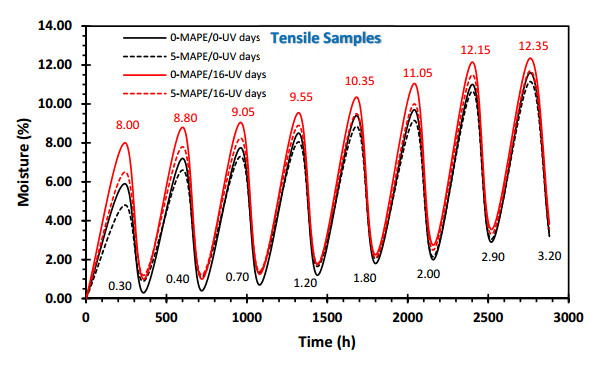
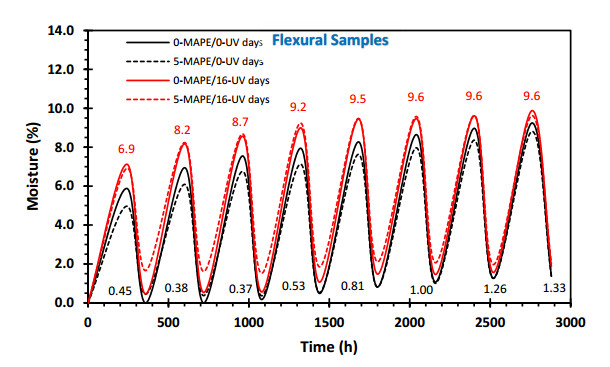
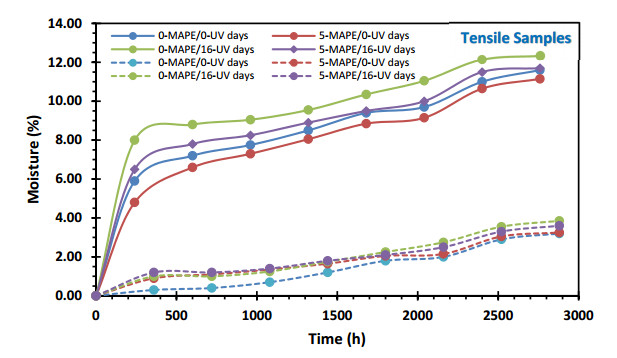
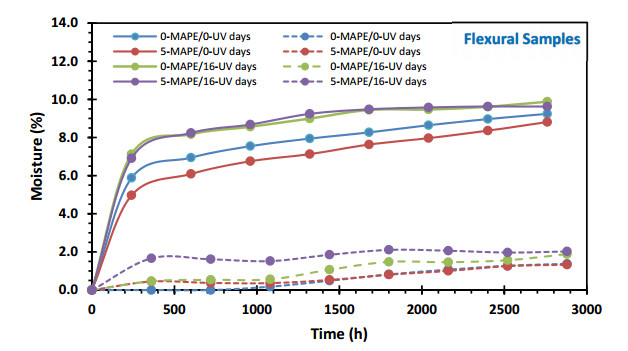
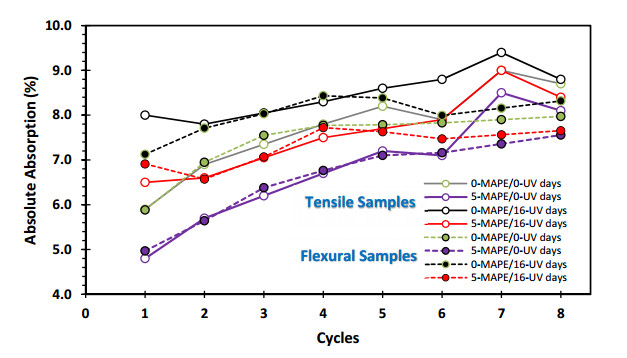
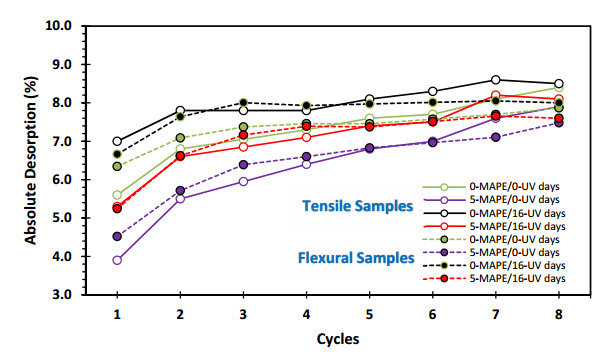
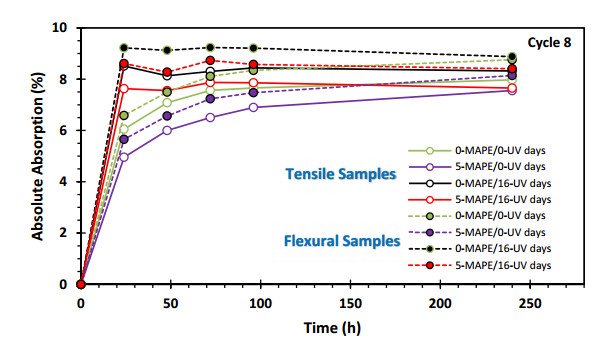
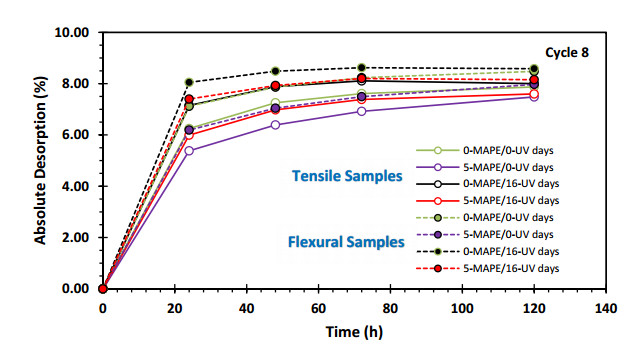
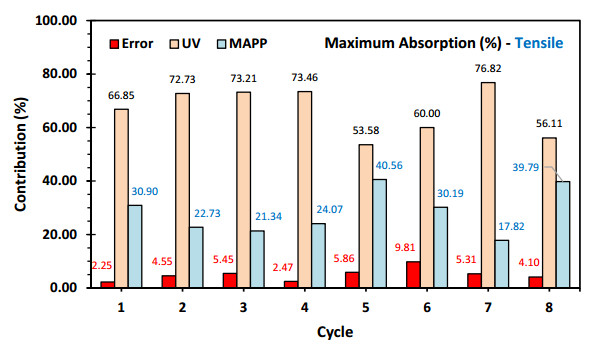

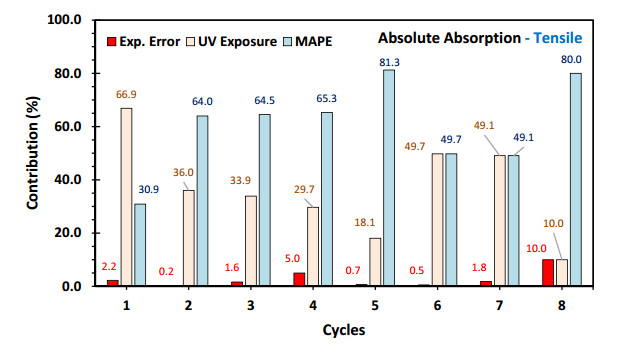
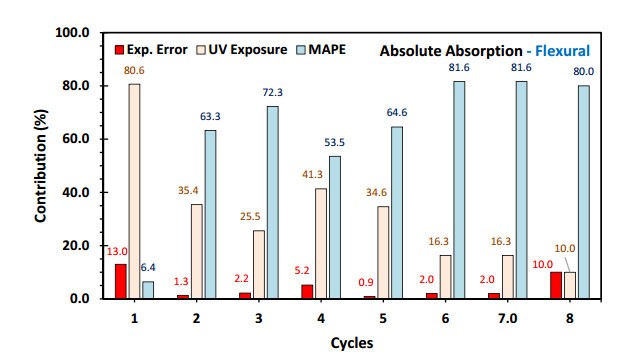
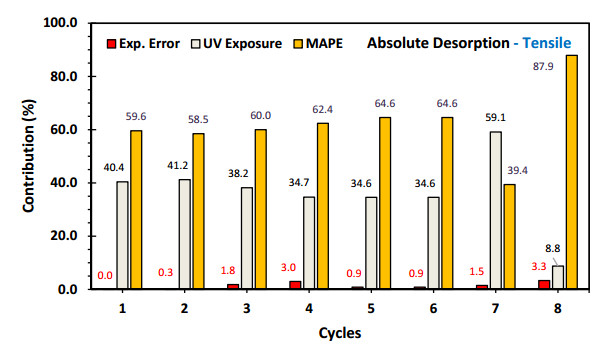
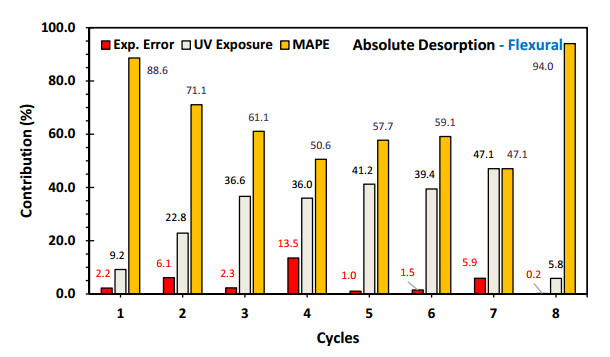
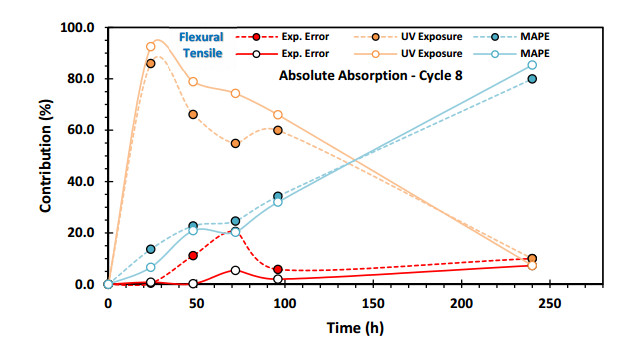
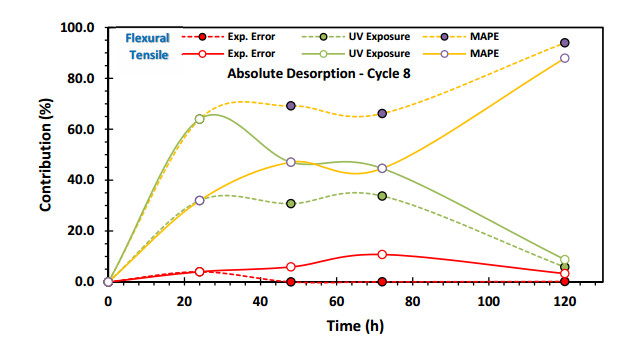

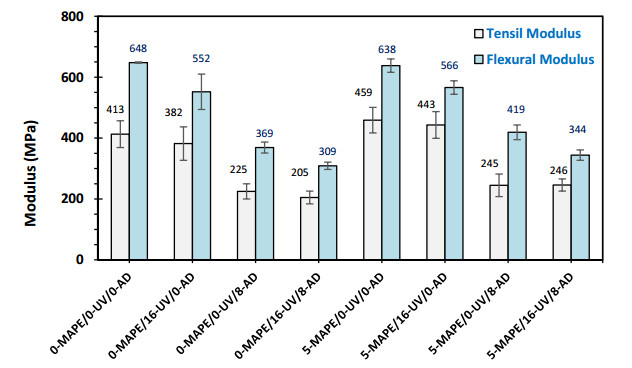
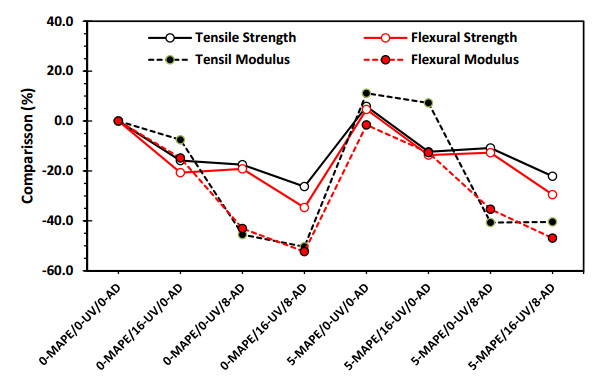
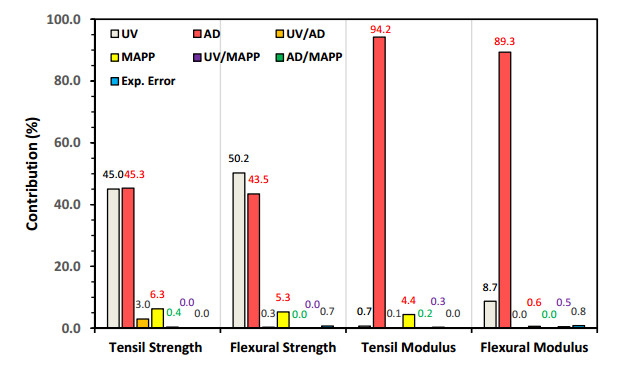
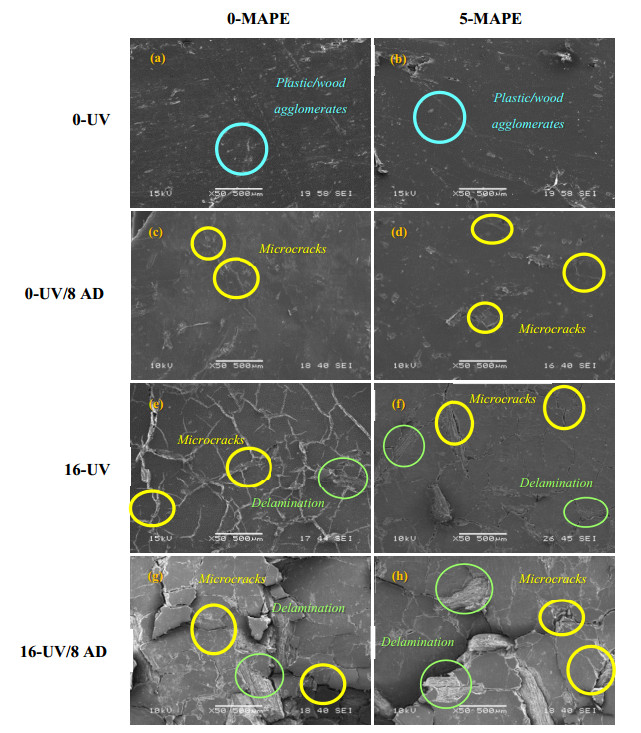
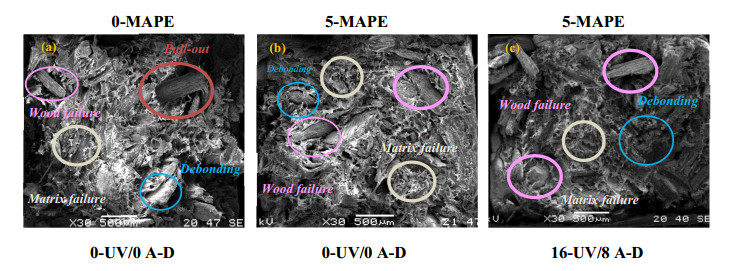


 DownLoad:
DownLoad: